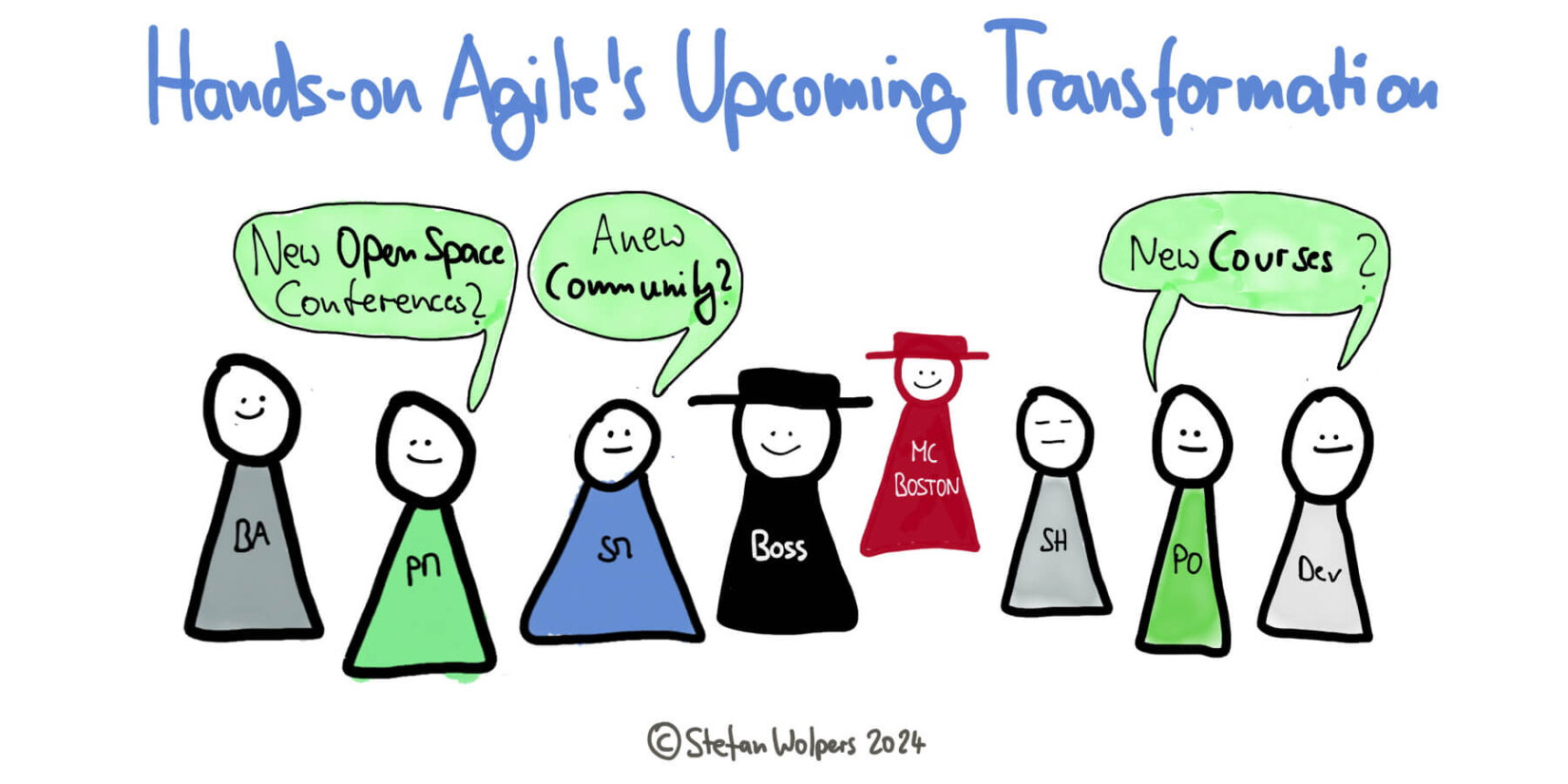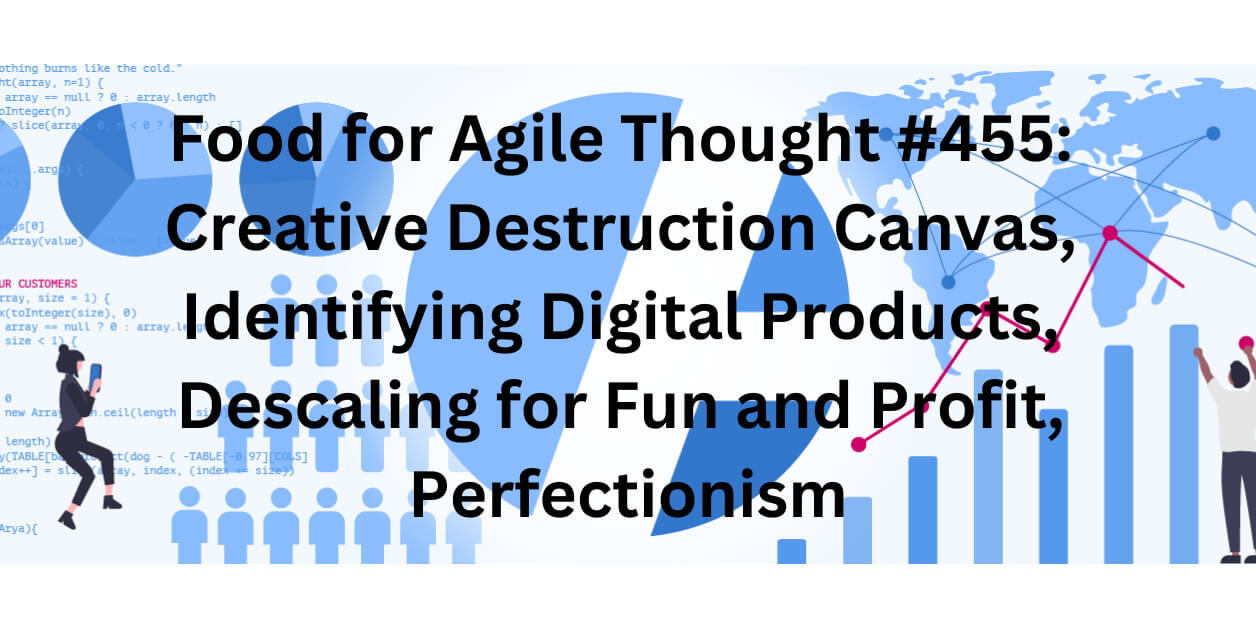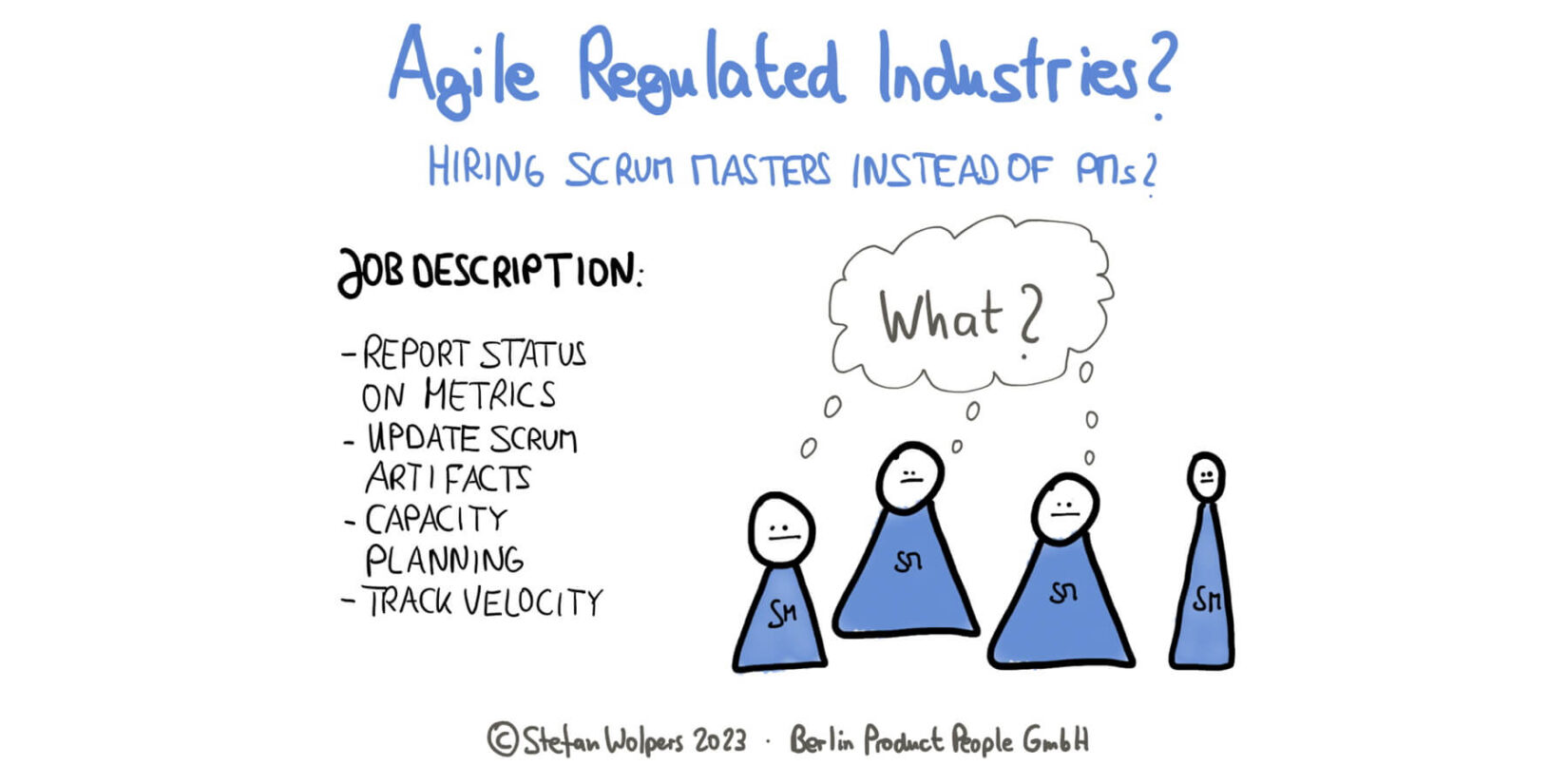TL; DR: Strategy Creation — Food for Agile Thought #456
Welcome to the 456th edition of the Food for Agile Thought newsletter, shared with 42,728 peers. This week, Rob Lambert offers a detailed guide to effective strategy creation, while Reddit user henbitcookies1 questions the value of Scrum, seeking ways to reduce its burdens. Willem-Jan Ageling identifies common pitfalls in Agile transformations, and Tobias Berggren Jensen and Elisabeth Naima Mikkelsen explore the challenges of radically decentralized self-managing organizations. Also, Todd Lankford advocates for abandoning upfront commitments in favor of continuous learning to achieve better product development outcomes.
Next, Marty Cagan and Josh Kerievsky discuss how outsourcing agencies can adopt the product model to enhance collaboration and client outcomes. Richard Mironov argues for retiring the term “prioritization” in favor of more precise communication between stakeholders and product teams. Additionally, UserPilot outlines strategies for identifying and solving customer problems, emphasizing continuous research and effective onboarding, and Roman Pichler explores the benefits and challenges of involving stakeholders in product teams, stressing strategic involvement and the role of coaching in improving collaboration and decision-making.
Lastly, on the personal side, Wes Kao shares strategies to mitigate risks at work by asking critical questions and preempting issues, and Lenny Rachitsky offers ten time management techniques to enhance productivity and reduce stress. Paweł Huryn introduces the Assumption Prioritization Canvas, refining traditional methods for prioritizing assumptions in Continuous Product Discovery, while Martijn Oost critiques the “Team Topologies” framework, advocating for context-specific strategies rooted in foundational principles like Conway’s Law. Finally, Gustavo Razzetti emphasizes the power of team culture over company culture, highlighting its role in driving change and fostering collaboration.







